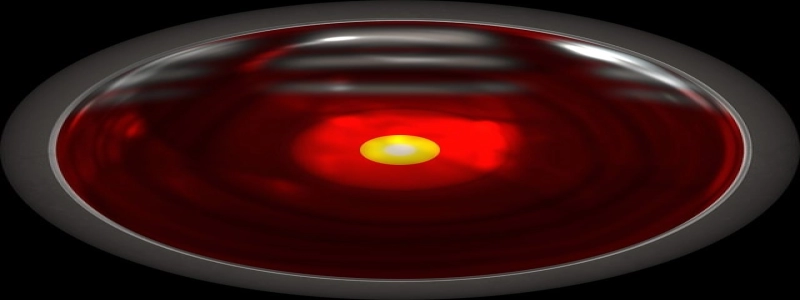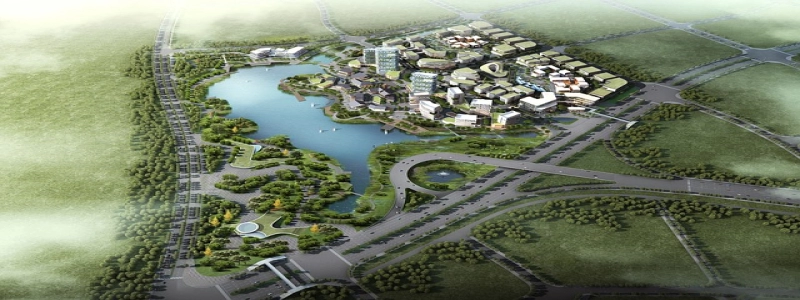Cat 6 Ethernet Cable Wiki
introduzione:
In this article, we will provide a detailed overview and explanation of Cat 6 Ethernet cables. Cat 6 cables are widely used in networking applications to provide high-speed and reliable internet connectivity. We will discuss the various features, benefits, and specifications of Cat 6 cables, as well as their installation and usage.
IO. What is a Cat 6 Ethernet Cable?
A. Definition and purpose:
– Cat 6 Ethernet cable, also known as Category 6 cable, is a standard twisted pair cable used for Ethernet connections.
– It is designed to support data transmission speeds up to 10 gigabits per second (Gbps) over short distances.
– The primary purpose of Cat 6 cables is to provide faster and more reliable bandwidth for network connections.
B. Construction and design:
– Cat 6 cables consist of four twisted pairs of copper wires, encased in a protective sheath.
– The twisted pairs and the sheath are engineered to reduce electromagnetic interference (EMI) and crosstalk.
– They are commonly terminated with an RJ-45 connector, which is compatible with most networking devices.
II. Features and Benefits of Cat 6 Ethernet Cables:
A. Improved performance:
– Cat 6 cables offer higher bandwidth and faster data transmission speeds compared to previous generations.
– They provide reduced latency and improved signal integrity, resulting in better network performance.
B. Affidabilità migliorata:
– The tighter twists and better insulation of Cat 6 cables help minimize signal loss and interference, ensuring a more stable connection.
– They are less susceptible to noise and crosstalk, making them ideal for high-density environments.
C. Future-proofing:
– Cat 6 cables are designed to meet the current and future requirements of emerging technologies and network standards.
– They provide a suitable infrastructure for internet speeds beyond 1 Gbps.
III. Considerations for Cat 6 Ethernet Cable Installation:
A. Length limitations:
– Cat 6 cables can deliver 10 Gbps speeds up to a maximum distance of 55 meters.
– For longer distances, signal boosters or other technologies may be required.
B. Compatibility:
– Cat 6 cables are backward compatible with older Ethernet standards, such as Cat 5 and Cat 5e.
– Tuttavia, to fully utilize the capabilities of Cat 6, it is recommended to use Cat 6 compatible devices.
C. Proper cable management:
– It is important to ensure proper cable management during installation to prevent signal degradation and maintain optimal performance.
– Avoid sharp bends, kinks, or pinching of the cable, as it can cause signal loss.
IV. Common Applications of Cat 6 Ethernet Cables:
A. Residential and commercial networks:
– Cat 6 cables are commonly used in homes, offices, and other commercial spaces to establish wired internet connections.
– They are suitable for high-bandwidth applications such as video streaming, il gioco online, and data-intensive tasks.
B. Data centers and server rooms:
– Cat 6 cables are essential for connecting servers, interruttori, and other networking equipment in data centers.
– They provide a reliable and fast connection for transferring large amounts of data within a network.
Conclusione:
Cat 6 Ethernet cables are a crucial component in modern networking infrastructure. They offer improved performance, reliability, and future-proofing capabilities. With their advanced design and construction, Cat 6 cables are suitable for various applications and can ensure high-speed and stable internet connectivity. Proper installation and maintenance are essential to take full advantage of the benefits offered by Cat 6 Ethernet cables.








